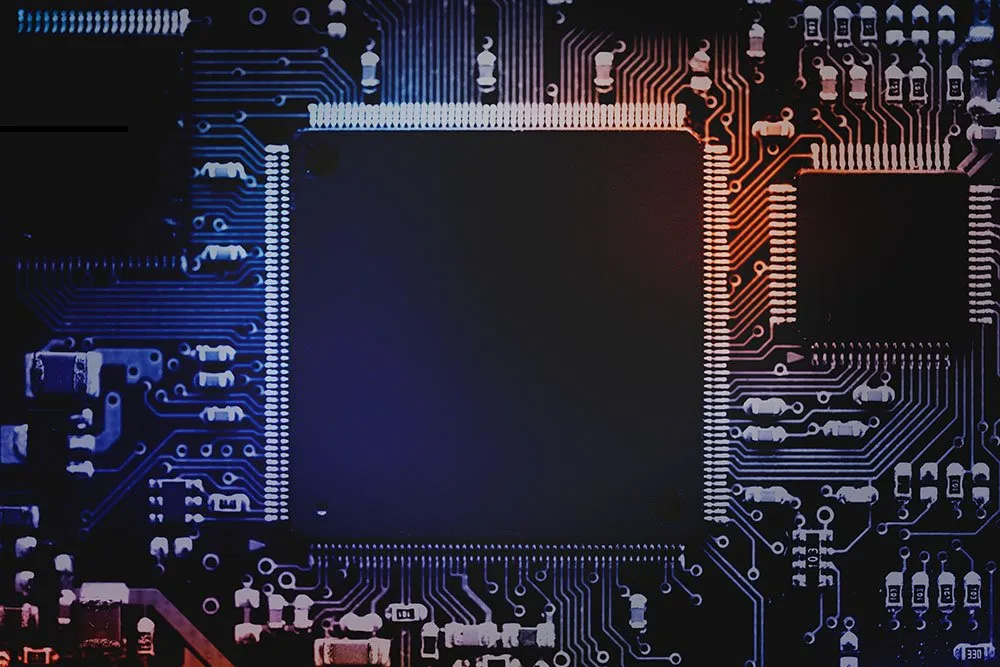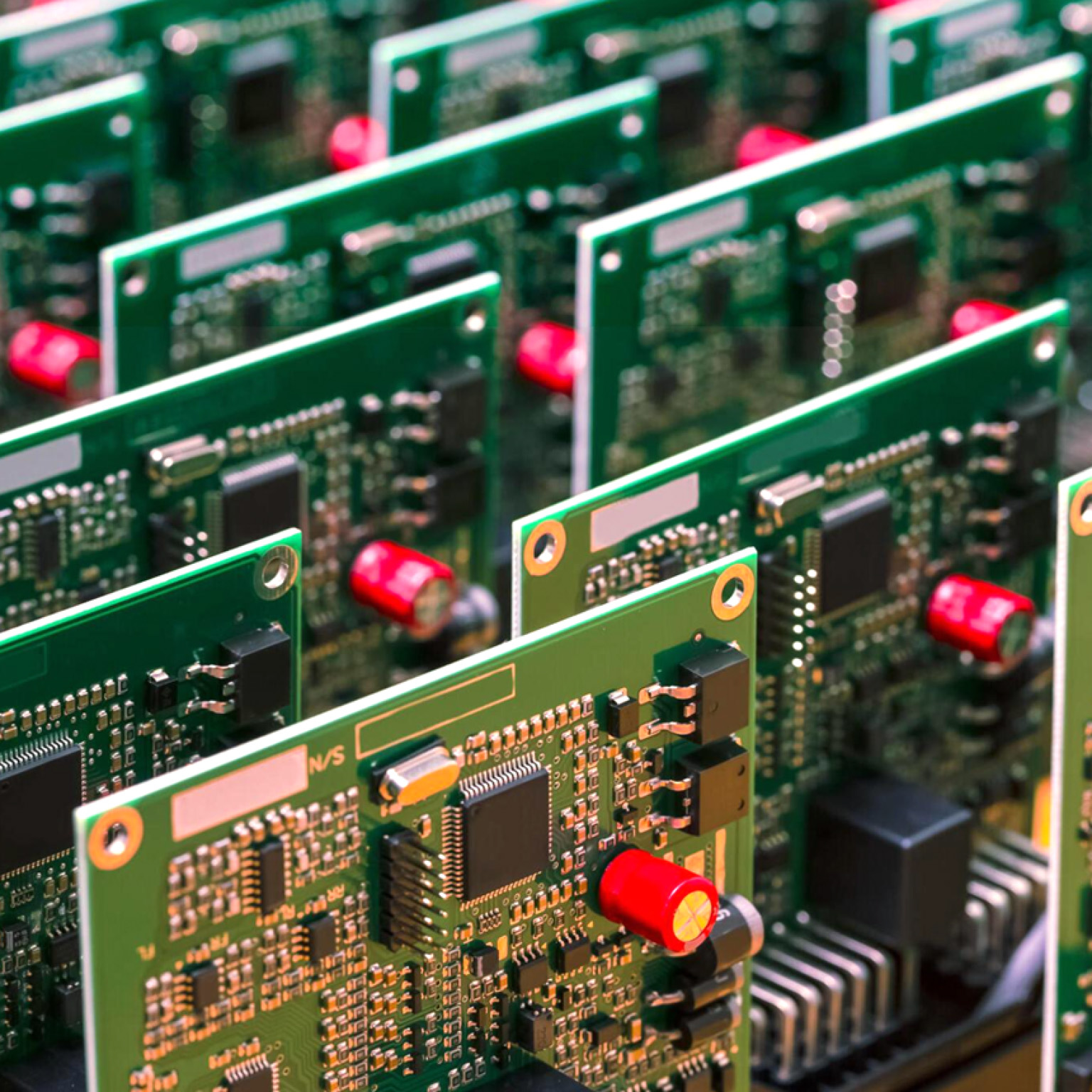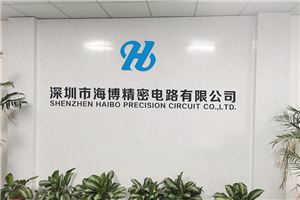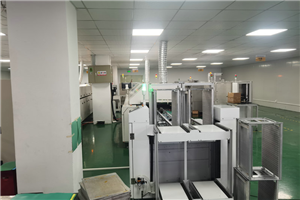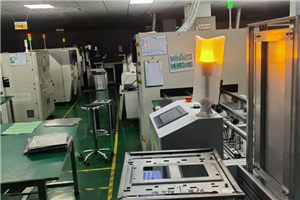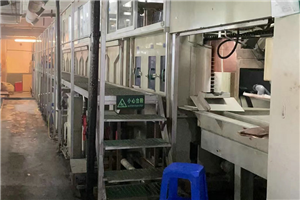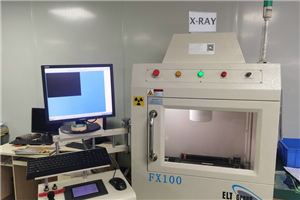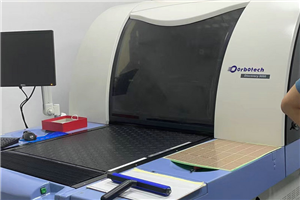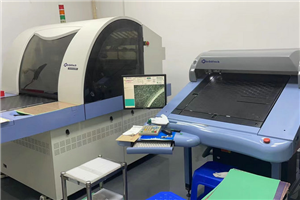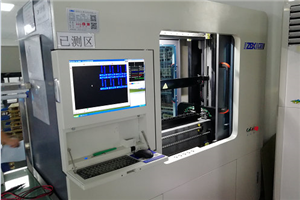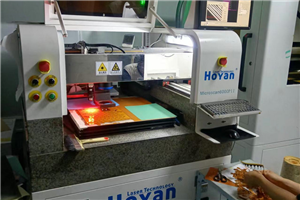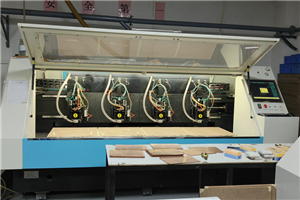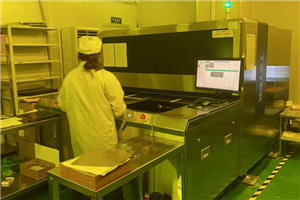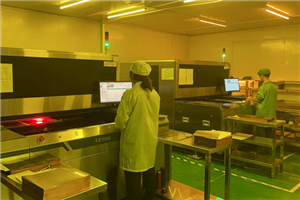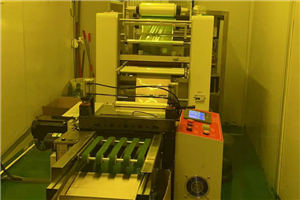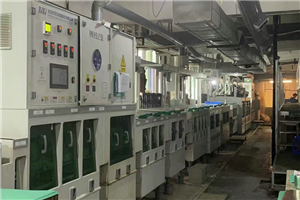
1. Schematic and layout design
Before customizing PCB assembly services, it is necessary to input computer-aided design (CAD) files specifying the positions of customized PCB components and feeders into the system. The design data is processed by a manufacturing file type conversion program to achieve automatic PCB assembly.
2. Solder paste printing
The first step in customizing PCB assembly services is solder paste printing. In this step, solder paste is deposited onto the printed circuit board through template printing. To evenly distribute the solder paste, press the scraper into the template holes and cross the surface of the template. Research has shown that over 50% of welding defects are caused by solder paste printing issues. Optimization and evaluation are needed to improve the first pass rate. Various factors can affect the printing performance of templates, including template aperture size, solder paste characteristics, and parameter settings. During the solder paste printing process, some defects may be encountered, such as bridging, where the solder paste 'bridging' to adjacent pads can cause electrical short circuits.
3. Solder Paste Inspection (SPI)
The quality of solder joints is crucial for ensuring electrical connections between components and PCB boards. The volume of solder paste can be measured using an automatic optical inspection system. The solder paste inspection machine captures images of PCBs and uses processing software to analyze them by matching the images of solder paste with known acceptable images. Lighting is crucial in all detection systems to obtain enhanced images, thereby improving accuracy and efficiency. It is also necessary to study the positioning of lighting to ensure that all areas of the solder paste are inspected.
4. Component placement
Component placement machine is a high-speed, automated machine that can meet high production demands. In this customized PCB assembly step, various types, shapes, and sizes of electronic components are mounted on the bare PCB. The robotic arm first enters its original position and moves to the gripper fixture. After obtaining the correct gripper, the robotic arm moves to a specific feeder, picks up the components, and places them in the predetermined position on the PCB. The picking and placing action sequence of the machine continues until the last component is placed in the correct position on the circuit board.
One possible issue during component placement is the fluid properties of solder paste and the misalignment of components caused by unbalanced placement during the movement of the robotic arm. Self alignment may still occur during the subsequent reflow process, but component offset should still be minimized and optimized as much as possible. Other sources of component offset include machine vibration, unstable PCB placement, and uneven distribution of solder paste.
5. Solder reflow
A circuit board with solder paste and installed components is preheated in a reflow oven to evaporate the flux, reaching a peak temperature to melt the solder paste and form intermetallic compounds, thereby achieving the desired solder joints. To fully attach the component to the surface of the PCB pad, the temperature must exceed the melting temperature of the solder alloy. The melting process causes metal fillers to aggregate into solder, which then wets the surface of the PCB.
This reflux step is achieved using a furnace with a series of individually programmable heating zones. Modern reflow machines typically use convective heat transfer to effectively heat the entire custom PCB assembly. The common method for evaluating custom PCB reflow curves is to connect external thermocouples based on engineering judgment and professional knowledge of similar product or component types in the past. Then pass the circuit board through the oven, and the initial settings can be modified until the optimal thermal curve is obtained. The heat curve is a time temperature chart that determines the heating distribution in order to have appropriate solder joints between the PCB and solder paste. There are four main stages during reflow soldering:
Preheating: Slowly increase the temperature to preprocess the circuit board.
Soaking: Activate the soldering flux to prevent metal oxidation on the surface solder pads of the PCB.
Reflux: Solder particles melt and become liquid.
Cooling method: Solder joints are ultimately formed between the components and the PCB pads.
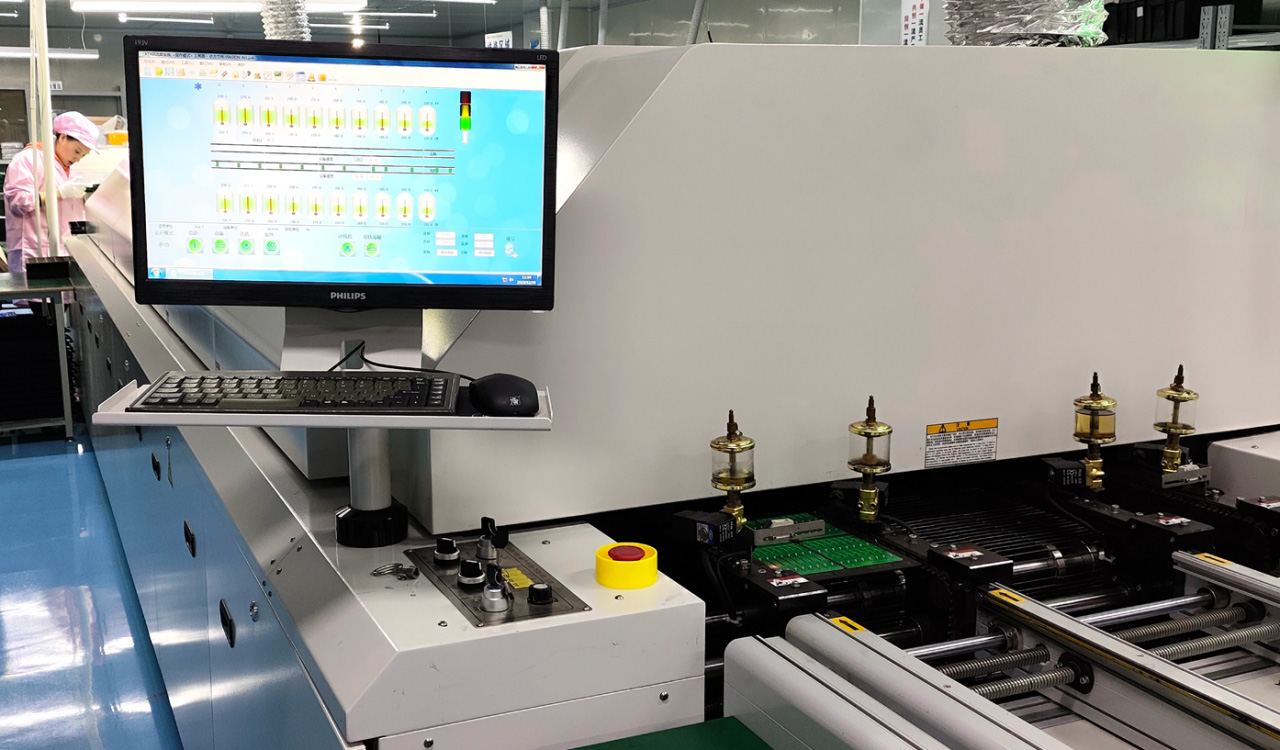
6. Automatic Optical Inspection (AOI)
Quality is crucial in customized PCB assembly services. During the customized PCB assembly process, any PCB defects should be accurately detected as early as possible to prevent malfunctions during application. Manual visual inspection has limitations such as high false detection rate and low processing rate. The automatic optical inspection system has advantages such as high efficiency, zero processing related defects, and detection accuracy. AOI scans the entire circuit board, captures images, and compares them with reference images to determine if there are any abnormalities or defects.


